Corn snakes, among the most popular reptile pets, thrive when their environmental conditions mimic their natural habitat. One critical aspect of their care involves maintaining proper feeding temperatures. Unlike mammals, snakes rely on external heat sources to regulate their metabolism, making temperature control essential for digestion and overall health. Understanding how to manage these temperatures ensures your corn snake remains healthy and active.
The ideal feeding temperature for corn snakes varies depending on their life stage and the surrounding environment. Hatchlings and juveniles typically require slightly warmer conditions compared to adults, as their smaller bodies lose heat more rapidly. A basking spot between 85-88°F (29-31°C) is generally recommended, while the cooler end of the enclosure should stay around 75-80°F (24-27°C). This gradient allows the snake to thermoregulate, moving between warmer and cooler areas as needed.
Feeding a corn snake at improper temperatures can lead to serious health issues. If the enclosure is too cold, the snake’s digestive system may slow down or even stop, resulting in regurgitation or bacterial overgrowth in undigested food. Conversely, excessively high temperatures can cause stress and dehydration. Striking the right balance is key to preventing these complications.
Seasonal changes also play a role in temperature management. During winter months, some keepers choose to simulate a brumation period—a form of reptile hibernation—by gradually lowering temperatures. However, if you continue feeding your snake year-round, maintaining stable warmth is crucial. Using a high-quality thermostat with your heat source ensures consistency, preventing dangerous fluctuations that could disrupt digestion.
Heat sources such as under-tank heaters, ceramic heat emitters, or overhead lamps can be effective, but each has pros and cons. Under-tank heaters provide belly heat, which aids digestion, while ceramic emitters offer ambient warmth without light disruption. Overhead heating mimics natural sunlight but may require additional monitoring to avoid overheating. Regardless of the method, always use a reliable thermometer to verify temperatures at different points within the enclosure.
Another often overlooked factor is the snake’s behavior post-feeding. After consuming a meal, corn snakes tend to seek out warmer areas to facilitate digestion. Observing your snake’s movements can provide valuable insights into whether the temperature gradient is appropriate. If your pet avoids the warm side entirely or stays there excessively, adjustments may be necessary.
Hydration also interacts with temperature regulation. A well-hydrated snake digests food more efficiently, so ensure fresh water is always available. Some keepers lightly mist the enclosure to maintain humidity, particularly during shedding periods. However, excessive moisture combined with high heat can create an environment prone to bacterial growth, so moderation is essential.
Lastly, individual snakes may have unique preferences. While general guidelines exist, paying attention to your corn snake’s specific habits will help fine-tune their care. Regular weight checks and monitoring feeding responses can indicate whether your temperature setup is effective. A healthy corn snake will exhibit consistent growth, clear eyes during shedding, and steady feeding behavior.
Proper temperature management for feeding is not just about hitting a specific number—it’s about creating a stable, adaptable environment that supports your snake’s natural biological processes. By carefully observing and adjusting conditions as needed, you can ensure your corn snake remains vibrant and thriving for years to come.

By /Jun 28, 2025
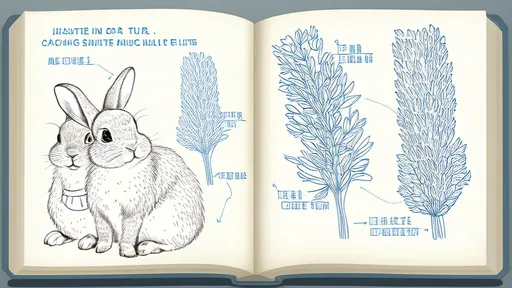
By /Jun 28, 2025
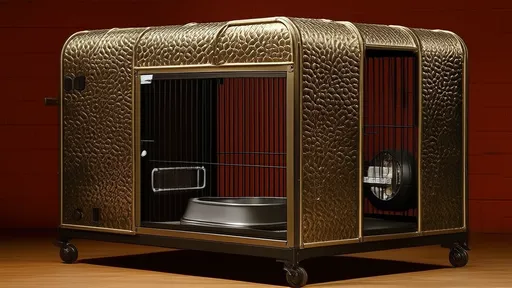
By /Jun 28, 2025
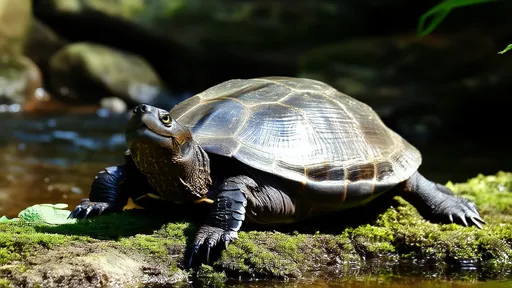
By /Jun 28, 2025
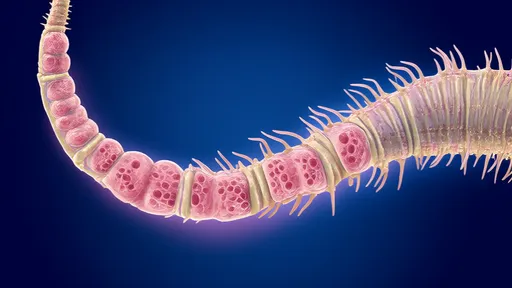
By /Jun 28, 2025

By /Jun 28, 2025
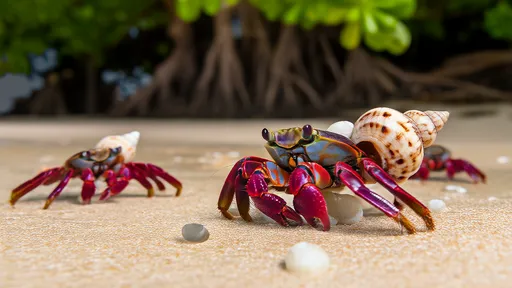
By /Jun 28, 2025

By /Jun 28, 2025
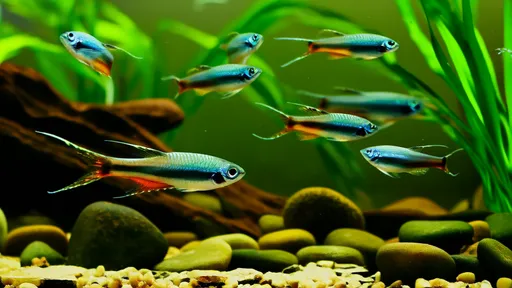
By /Jun 28, 2025
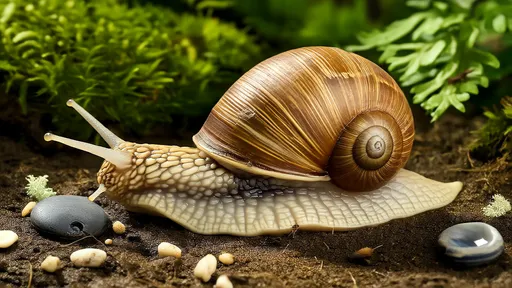
By /Jun 28, 2025
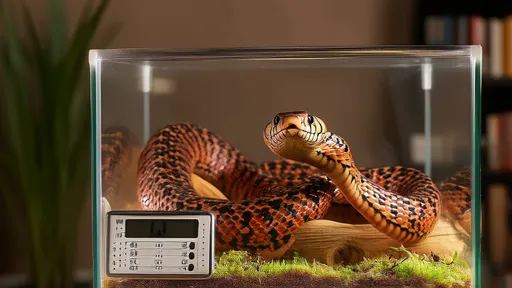
By /Jun 28, 2025
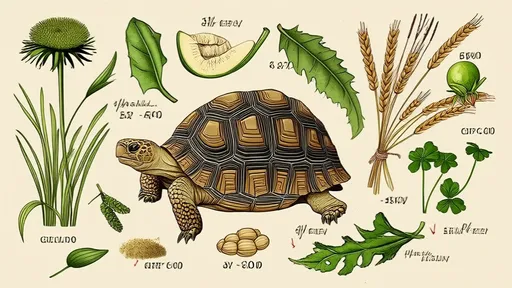
By /Jun 28, 2025
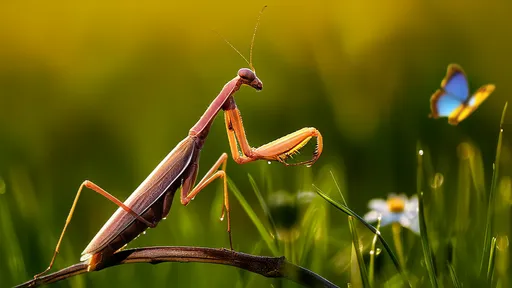
By /Jun 28, 2025
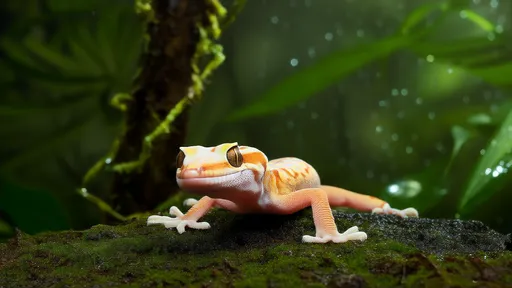
By /Jun 28, 2025
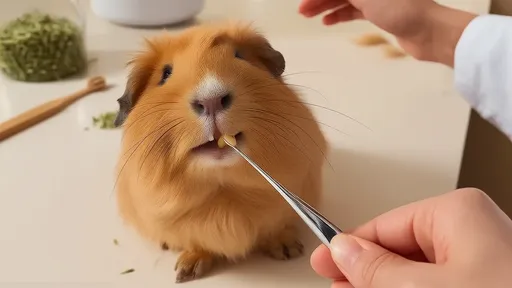
By /Jun 28, 2025

By /Jun 28, 2025